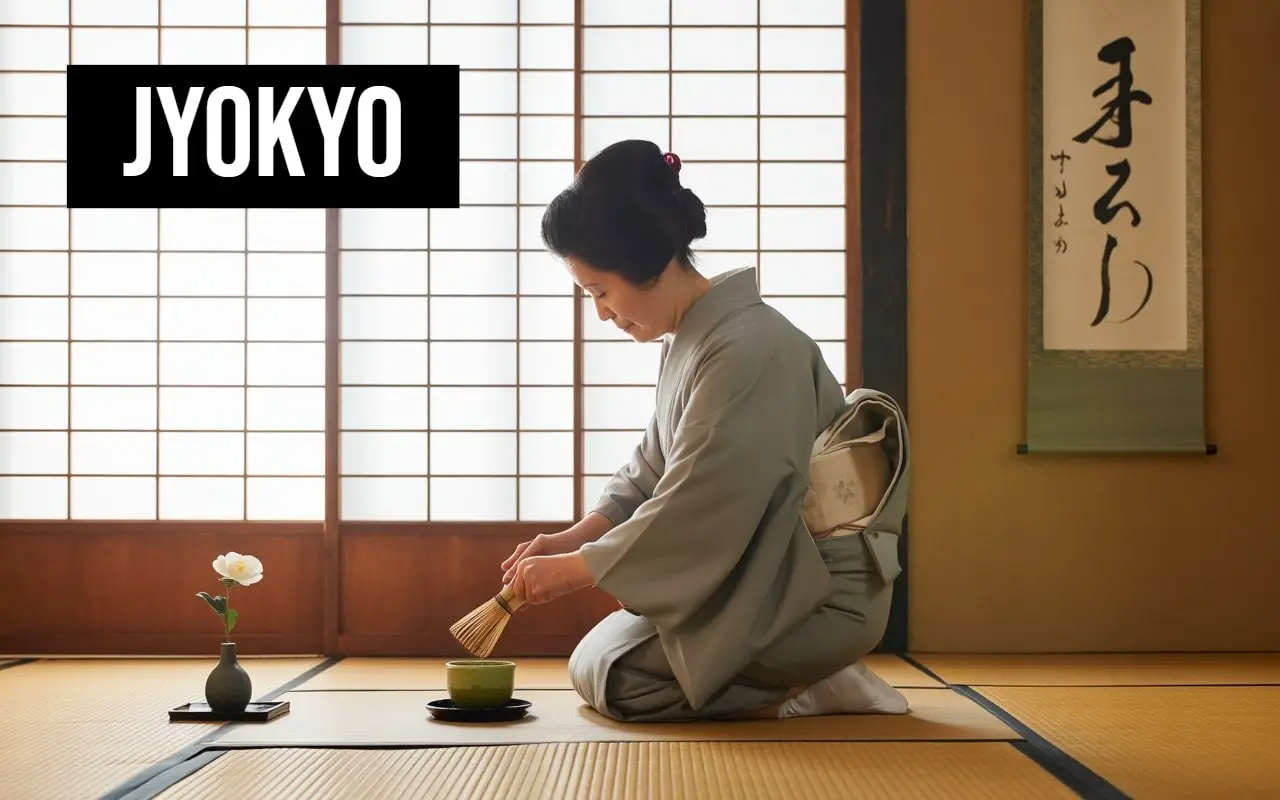In a world that constantly evolves, some traditions manage to hold their ground, weaving seamlessly into the fabric of modern life. Jyokyo is one such practice, blending history with contemporary relevance in ways that might surprise you. But what exactly does Jyokyo mean? Rooted deeply in cultural values and spiritual beliefs, it’s more than just a way of living; it’s an embodiment of wisdom passed down through generations.
As we navigate busy schedules and technological advancements, understanding how Jyokyo can enrich our lives becomes increasingly important. Whether you’re curious about its origins or eager to see how these age-old practices can enhance your daily routines, there’s much to explore. Let’s delve into the essence of Jyokyo and discover how ancient traditions continue to shape our modern existence.
The History and Origins of Jyokyo
Jyokyo has deep roots in Japanese culture, tracing back to ancient rituals and beliefs. Its origins intertwine with Shintoism and Buddhism, where harmony between nature and humanity was paramount.
Historically, Jyokyo emerged as a way of life for communities seeking balance. It emphasizes respect for the environment and mindfulness in daily activities. As agricultural practices flourished, so did the principles of Jyokyo.
Over centuries, this philosophy adapted to societal changes while retaining its core values. Traditional ceremonies often highlighted seasonal transitions through festivals that celebrated both harvests and natural cycles.
This rich history underscores how Jyokyo shaped cultural identities across generations. Today’s interpretations are influenced by these age-old traditions yet resonate distinctly within modern contexts. The legacy endures as people rediscover its significance in today’s fast-paced world.
Traditional Practices Still Used in Modern Life
Jyokyo blends ancient wisdom with contemporary existence. Many traditional practices continue to thrive today, influencing daily routines and choices.
One notable example is the art of mindfulness. Rooted in Jyokyo, this practice encourages individuals to focus on the present moment. Whether through meditation or simple breathing exercises, people find clarity amid their busy lives.
Another enduring tradition is the celebration of seasonal festivals. These events often honor agricultural cycles and foster community bonding. Families come together to share meals and stories that connect them deeply with their heritage.
Additionally, natural remedies derived from age-old techniques remain popular for maintaining health and wellness. Herbal medicine has gained traction as many seek alternatives to pharmaceuticals.
These practices remind us that our past can enrich our modern lifestyle in meaningful ways. They serve as a bridge between generations while promoting harmony within ourselves and our environment.
Benefits of Incorporating Jyokyo into Daily Life
Incorporating Jyokyo into daily life can bring a refreshing perspective to our routines. It encourages mindfulness, allowing individuals to connect with their surroundings more deeply.
Practicing Jyokyo fosters a sense of balance and harmony. This equilibrium helps in managing stress effectively, creating inner peace amidst the chaos of modern living.
Moreover, adapting traditional practices enhances community ties. Engaging in shared rituals strengthens relationships and builds support networks that enrich everyday experiences.
Additionally, embracing Jyokyo often leads to improved well-being. Many find that these age-old practices promote healthier lifestyles through various holistic approaches.
Integrating Jyokyo cultivates gratitude and appreciation for life’s simple pleasures. By slowing down and savoring each moment, we begin to recognize the beauty woven into our daily existence.
Common Misconceptions about Jyokyo
Many people mistakenly believe that Jyokyo is solely about rigid rituals and outdated customs. In reality, it encompasses a rich tapestry of practices that adapt to modern contexts.
Another misconception is the idea that Jyokyo is only relevant in rural areas or among older generations. Younger individuals are increasingly finding value in these traditions as they navigate contemporary life.
Some think Jyokyo lacks practical applications today. Yet, its principles encourage mindfulness and well-being, making them highly applicable in our fast-paced world.
Additionally, there’s confusion around its exclusivity; some assume it’s limited to specific cultures or communities. However, the essence of Jyokyo resonates universally, inviting anyone interested to explore its teachings.
Many equate Jyokyo with spirituality alone when it also celebrates cultural heritage through art, food, and community gatherings. This broad scope opens doors for diverse experiences rooted in tradition yet flourishing today.
How to Embrace Jyokyo in Today’s World
Embracing Jyokyo in today’s world can be both simple and transformative. Start by integrating mindfulness into your daily routine. Take a moment to breathe deeply before responding to challenges, allowing clarity to guide your decisions.
Next, explore traditional crafts or activities that resonate with you. Whether it’s calligraphy or tea ceremonies, these practices connect you with history and promote relaxation.
Incorporate natural elements into your living space. Surround yourself with plants or create a small zen garden to cultivate tranquility at home.
Engage with community events focused on cultural exchange. Participate actively rather than just observing; this fosters deeper connections and shared understanding.
Reflect on your values regularly. Aligning them with the principles of Jyokyo can help ground you amidst the chaos of modern life, creating a sense of balance that many seek today.
Conclusion: The Timeless Relevance of Jyokyo
Jyokyo embodies a rich tapestry of cultural heritage that continues to resonate in today’s fast-paced world. Its traditional practices offer profound insights into mindfulness, community, and the connection between nature and self. As we navigate modern challenges, embracing these time-honored principles can enhance our lives in meaningful ways.
By integrating aspects of Jyokyo into daily routines—whether through mindful living or connecting with nature—we open ourselves to greater awareness and appreciation for life’s simple joys. This ancient wisdom holds timeless relevance, encouraging us to slow down and reflect amidst the chaos.
The journey towards incorporating Jyokyo is personal yet universal. It invites individuals from all walks of life to discover balance, harmony, and authenticity within themselves. In an era where technology often overshadows tradition, embracing Jyokyo nurtures a sense of belonging and purpose that transcends generations.
Thus, as we continue forward in this ever-evolving landscape, let us not forget the lessons imparted by Jyokyo—a guiding light reminding us of what truly matters: connection to ourselves, each other, and the world around us.

